Irish forestry policy has been set out by the Department of Agriculture, Food and the Marine in the 2014 publication Forests, products and people. Ireland’s forest policy – renewed vision. Speaking as a forester who has worked in the private forestry sector since 1994, I welcomed the strategic goal as set out in the 2014 document – to develop an internationally competitive and sustainable forest sector. The main focus was to increase the level of annual afforestation to 15,000ha.
It’s hard to reconcile this target with the modest annual figure of 7,140ha contained in the current afforestation programme. It’s even more disappointing when the reality is that even such a modest target will not now be achieved. The reasons for this are many, but most of these are of our own making.
Even in the short time since the publication of the policy document, the conditions that forest growers and their professional foresters are working under have deteriorated considerably. New environmental requirements were introduced in December 2016 which have made the afforestation scheme less attractive to land owners.
 Prior to this, we operated to the highest standards, and already had strict rules surrounding water setbacks, archaeological monuments, etc. Many of the setbacks were increased and this has resulted in many owners no longer qualifying for an annual premium on all of the land included in an afforestation project.
Prior to this, we operated to the highest standards, and already had strict rules surrounding water setbacks, archaeological monuments, etc. Many of the setbacks were increased and this has resulted in many owners no longer qualifying for an annual premium on all of the land included in an afforestation project.
How can we be surprised when the scheme is being rejected? I fully support the recent call by the IFFPA to either reduce the required setbacks in many cases or pay in full for the biodiversity components on all sites.
For landowners interested in forestry who are located within hen harrier SPAs, the situation is even more dire, as new planting has been totally banned for a number of years now. Some of this land is quite marginal for agriculture, but highly productive forestry land.
Blanket ban
The amount of land affected by this blanket ban is staggering, with a total of 167,115ha (413,000 acres) effectively devalued due to the removal of a very viable land use option negatively affecting thousands of farmers.
If a similar number of property owners in Dublin had their properties devalued by a designation similar to this, it would create such a political storm that it would be immediately reversed.
Many landowners who planted in the earlier years of private forestry are now benefiting from this decision and many of The Forestry Company’s clients are receiving significant income from the thinning and felling of these forests.
It has been projected that the figure of 3.1m m3 of timber harvested in 2015 is likely to increase to 7.9m m3 by 2035. This increase is largely to come from private growers, but we are losing ground rapidly due to the abject failure of the forest road scheme.
We have a fantastic opportunity to harness a natural resource that is the envy of our European neighbours
Currently, it is much more difficult to construct forest roads than it was even two years ago.
Like the afforestation grant, the road grant was cut during the economic downturn and this cut has not yet been reversed.
We now need to apply for planning permission to construct a forest road, even where access is through an existing farm entrance.
For example, in 2015, The Forestry Company constructed nine forest roads in Cork; each of these went through the full application process with the Forest Service.
The roads were constructed and a grant paid to cover some of the cost. This allowed us to thin the woods, with the benefits of this being enjoyed by the owners, mainly farmers.
Under the current regime, all of these roads would require planning permission and this is causing a huge bottleneck in mobilising timber from the private estate. Unless the forest roads scheme is streamlined and grant rates adjusted upwards, there is no chance of the 7.9m m3 being achieved by 2035.
Thinning
The window where a wood can be thinned is quite narrow and a delay in road construction often leaves a grower with no choice but to adopt a non-thin regime. If a wood is thinned too late, the risk of windblow becomes too great.
The forestry programme needs to be kickstarted again.
We need to remove the unnecessary barriers that we have allowed to develop. Grants and premiums must move to make the scheme competitive and to allow the industry to grow sustainably.
The emphasis needs to shift to a pro-afforestation and harvesting one.
We have a fantastic opportunity to harness a natural resource that is the envy of our European neighbours, but we need to get serious about hitting the targets that we have set ourselves.#
Read more
Afforestation programme launched for 2017-18
Irish forestry policy has been set out by the Department of Agriculture, Food and the Marine in the 2014 publication Forests, products and people. Ireland’s forest policy – renewed vision. Speaking as a forester who has worked in the private forestry sector since 1994, I welcomed the strategic goal as set out in the 2014 document – to develop an internationally competitive and sustainable forest sector. The main focus was to increase the level of annual afforestation to 15,000ha.
It’s hard to reconcile this target with the modest annual figure of 7,140ha contained in the current afforestation programme. It’s even more disappointing when the reality is that even such a modest target will not now be achieved. The reasons for this are many, but most of these are of our own making.
Even in the short time since the publication of the policy document, the conditions that forest growers and their professional foresters are working under have deteriorated considerably. New environmental requirements were introduced in December 2016 which have made the afforestation scheme less attractive to land owners.
 Prior to this, we operated to the highest standards, and already had strict rules surrounding water setbacks, archaeological monuments, etc. Many of the setbacks were increased and this has resulted in many owners no longer qualifying for an annual premium on all of the land included in an afforestation project.
Prior to this, we operated to the highest standards, and already had strict rules surrounding water setbacks, archaeological monuments, etc. Many of the setbacks were increased and this has resulted in many owners no longer qualifying for an annual premium on all of the land included in an afforestation project.
How can we be surprised when the scheme is being rejected? I fully support the recent call by the IFFPA to either reduce the required setbacks in many cases or pay in full for the biodiversity components on all sites.
For landowners interested in forestry who are located within hen harrier SPAs, the situation is even more dire, as new planting has been totally banned for a number of years now. Some of this land is quite marginal for agriculture, but highly productive forestry land.
Blanket ban
The amount of land affected by this blanket ban is staggering, with a total of 167,115ha (413,000 acres) effectively devalued due to the removal of a very viable land use option negatively affecting thousands of farmers.
If a similar number of property owners in Dublin had their properties devalued by a designation similar to this, it would create such a political storm that it would be immediately reversed.
Many landowners who planted in the earlier years of private forestry are now benefiting from this decision and many of The Forestry Company’s clients are receiving significant income from the thinning and felling of these forests.
It has been projected that the figure of 3.1m m3 of timber harvested in 2015 is likely to increase to 7.9m m3 by 2035. This increase is largely to come from private growers, but we are losing ground rapidly due to the abject failure of the forest road scheme.
We have a fantastic opportunity to harness a natural resource that is the envy of our European neighbours
Currently, it is much more difficult to construct forest roads than it was even two years ago.
Like the afforestation grant, the road grant was cut during the economic downturn and this cut has not yet been reversed.
We now need to apply for planning permission to construct a forest road, even where access is through an existing farm entrance.
For example, in 2015, The Forestry Company constructed nine forest roads in Cork; each of these went through the full application process with the Forest Service.
The roads were constructed and a grant paid to cover some of the cost. This allowed us to thin the woods, with the benefits of this being enjoyed by the owners, mainly farmers.
Under the current regime, all of these roads would require planning permission and this is causing a huge bottleneck in mobilising timber from the private estate. Unless the forest roads scheme is streamlined and grant rates adjusted upwards, there is no chance of the 7.9m m3 being achieved by 2035.
Thinning
The window where a wood can be thinned is quite narrow and a delay in road construction often leaves a grower with no choice but to adopt a non-thin regime. If a wood is thinned too late, the risk of windblow becomes too great.
The forestry programme needs to be kickstarted again.
We need to remove the unnecessary barriers that we have allowed to develop. Grants and premiums must move to make the scheme competitive and to allow the industry to grow sustainably.
The emphasis needs to shift to a pro-afforestation and harvesting one.
We have a fantastic opportunity to harness a natural resource that is the envy of our European neighbours, but we need to get serious about hitting the targets that we have set ourselves.#
Read more
Afforestation programme launched for 2017-18
 Prior to this, we operated to the highest standards, and already had strict rules surrounding water setbacks, archaeological monuments, etc. Many of the setbacks were increased and this has resulted in many owners no longer qualifying for an annual premium on all of the land included in an afforestation project.
Prior to this, we operated to the highest standards, and already had strict rules surrounding water setbacks, archaeological monuments, etc. Many of the setbacks were increased and this has resulted in many owners no longer qualifying for an annual premium on all of the land included in an afforestation project. 




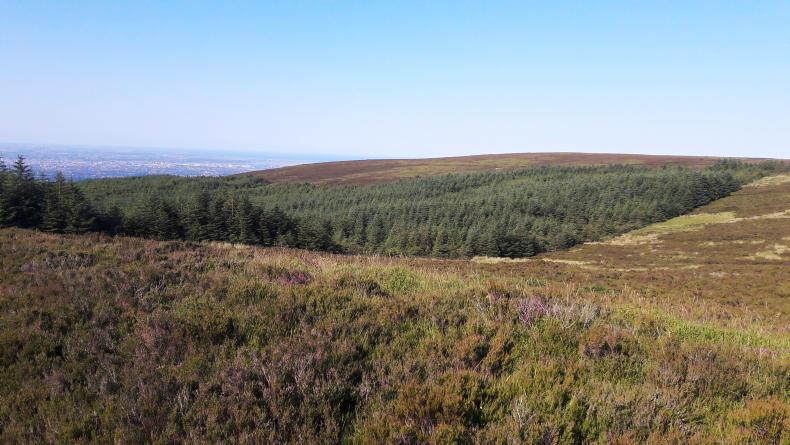
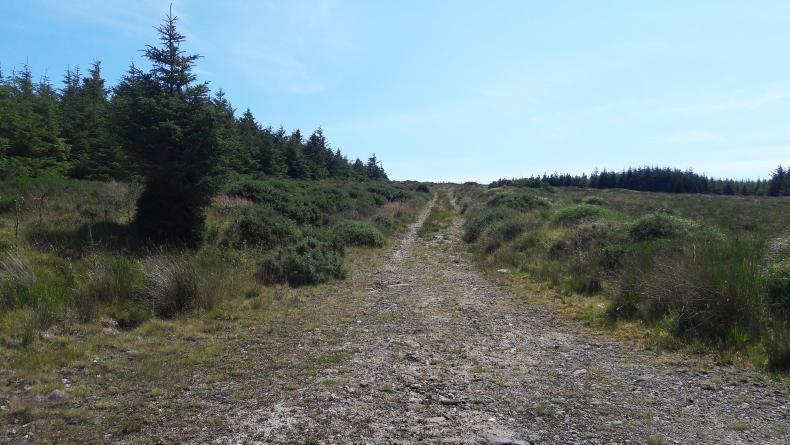

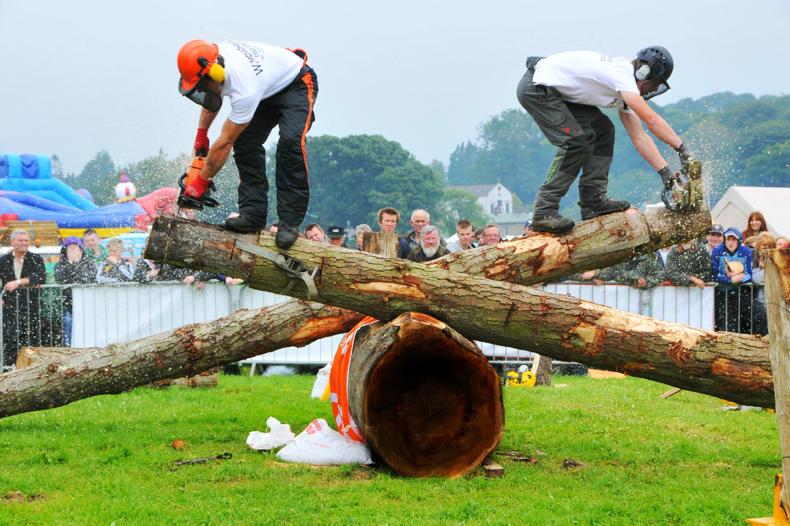
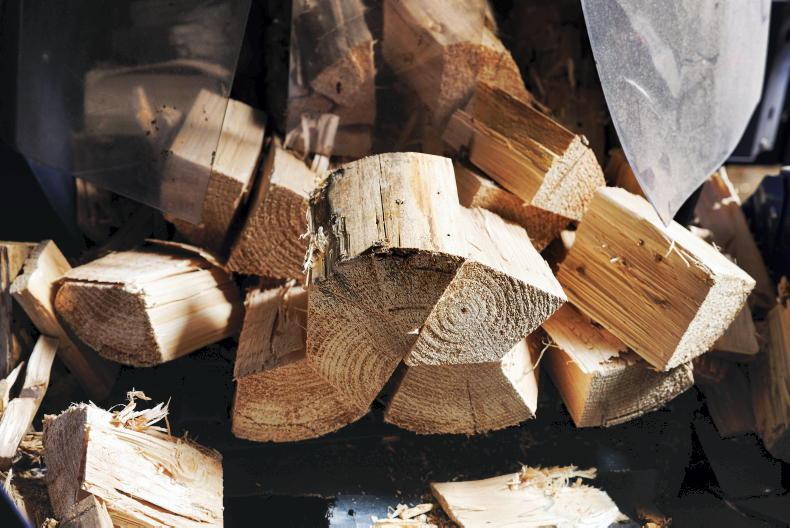
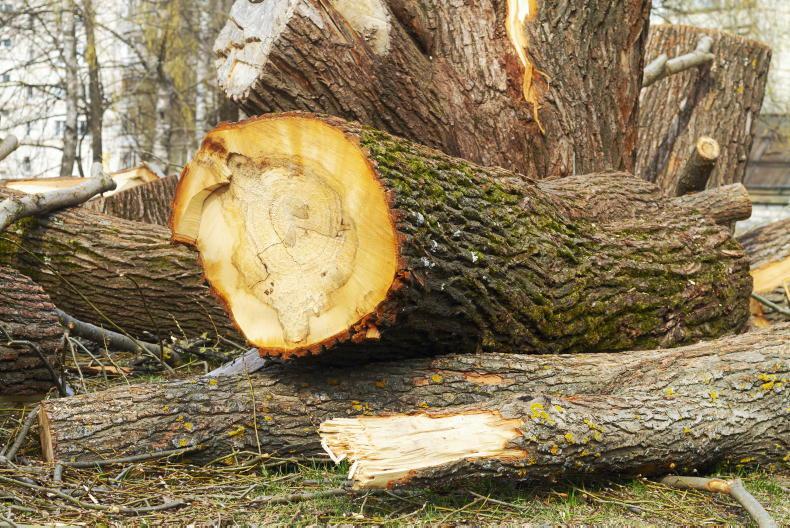
SHARING OPTIONS